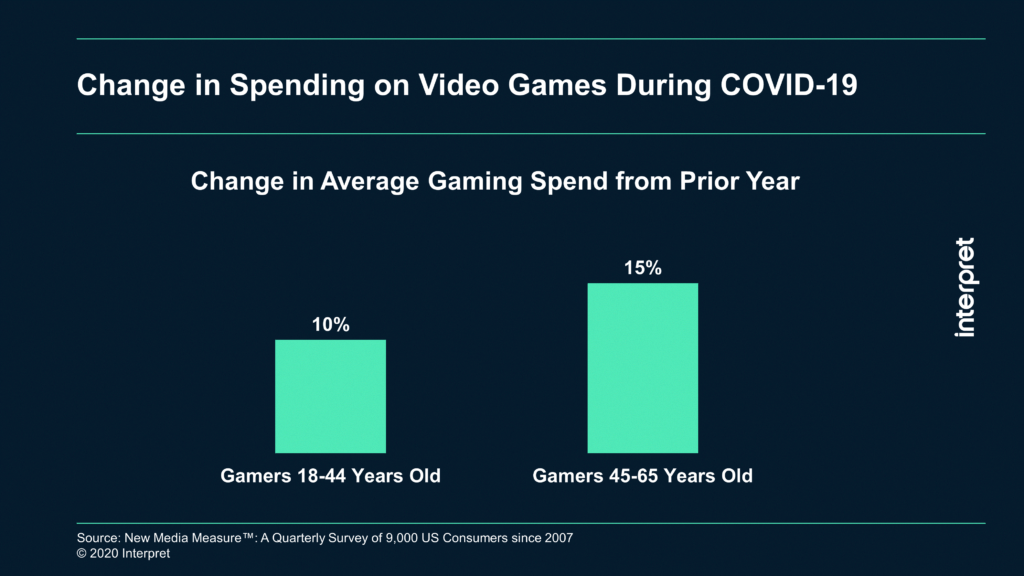It became apparent even just a few months into the pandemic that gaming had become a prime beneficiary of people spending more time at home. People have been watching more gaming-related streams on Twitch and YouTube, and they’ve been playing and spending more on games too. The World Health Organization (WHO), which only a year earlier had warned the public about games addiction as a mental health disorder, has even changed its tune to actually encourage more people to play games together virtually to reinforce social distancing behaviors.
The cultural shift and acceptance of games in mainstream society has been a work-in-progress for decades, but now that children who grew up on Atari and the original Nintendo Entertainment System are in their 40s, often raising kids of their own, the battle for relevancy has largely been won. According to the Entertainment Software Association’s latest facts and figures, over 214 million Americans now play games, and the average age is between 35-44 years old.
With this in mind, it’s interesting to note that Interpret’s New Media Measure® shows greater spending increases during the pandemic coming from older individuals, not 20-somethings. Middle-aged gamers between 45-65 years old have emerged as a key demographic in 2020, spending 15% more on video games on average compared to 2019. Those under 45 years old have been spending 10% more on games as well.
With the next-gen consoles from Sony and Microsoft selling out as fast as retailers can stock them, and mobile gaming thriving, the games industry shows no signs of slowing down anytime soon. And that’s a good thing for the US economy, which has suffered during the pandemic. The ESA notes that games contributed nearly $41 billion to the economy in 2019. Games have become part of our social connective tissue, and they may just be part of the glue that holds our economy together during these trying times.







